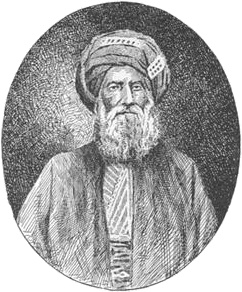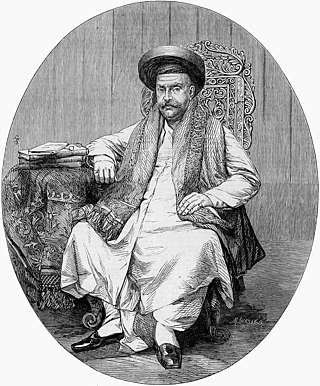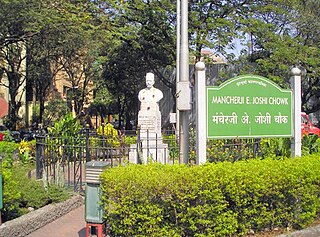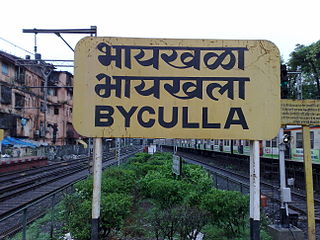
Dadar ([d̪aːd̪əɾ]) is a densely populated residential and shopping neighbourhood in Mumbai. It is also a prominent railway and bus service hub with local and national connectivity. It is Mumbai’s first planned area and it's a hub for the city's Marathi culture.
Matunga is a Suburb in Mumbai, India. It is accessible from the Matunga Road station on the Western line, Matunga station on the Central Line and King's Circle station on the Harbour Line.

Mahim is a neighbourhood in Mumbai, Maharashtra, India. The Mahim Junction railway station on the Western Railway and Harbour Railway of the Mumbai Suburban Railway network is the last station of the city, as neighboring Bandra comes in Mumbai Suburb. Mahim is an ethnically and religiously diverse town and has a Hindu temple, church, mosque and Parsi fire-temple existing within a few meters of each other. The town has a large Rich and Upper Middle class Marathi population.

Wadala is a neighborhood in Mumbai. Wadala Road is a station on the Harbour Line of Mumbai's railway network.

The history of Mumbai can be traced back to 600 BC, with evidence of the first known settlement of the Harrappan civilization discovered in the region.

David Sassoon was the treasurer of Baghdad between 1817 and 1829. He became the leader of the Jewish community in Mumbai after Baghdadi Jews emigrated there.

Kalbadevi is an old neighbourhood in Mumbai (Bombay), India. It is named after Goddess Kalbadevi, the Hindu Goddess. Kalbadevi area is one of the busiest areas during peak hours. The area has mostly traders in watches, bicycles, steel utensils, etc.

Jagannath ShankarshethMurkute popularly known as Nana Shankarsheth was an Indian Philanthropist and educationalist. He was born in the wealthy Murkute family in Murbad,Thane. So high was his credit that Arabs, Afghans and other foreign merchants chose to place their treasures in his custody rather than with banks. He soon acquired a large fortune, much of which he donated to the public. He was one of few founding members of the Great Indian Peninsula Railway along with Sir Jamsetjee Jejeebhoy and David Sasson.
Dehu Road Cantt, is a military cantonment in the city of Pune, India, which was established in October 1958. The Dehu Ordnance Depot and Dehu Ammunition Depot was set up in the 1940s.
Ghodapdeo is a neighborhood in Byculla, Mumbai.

Dadar Parsi Colony is an upper class Parsi colony in midtown South Mumbai. It is situated in the locality of Dadar-Matunga. Unlike the other Parsi colonies it is not surrounded by a wall or fence and is not isolated from its surroundings. The colony houses the famous Five Gardens created by Mancherji Joshi, a renowned Parsi.

The Shivaji Park Residential Zone is a precinct consisting of 187 residential buildings that were built as part of the Shivaji Park scheme in Dadar, Mumbai. Most of the buildings in this residential locality were constructed in the early 1900s during British colonial rule in India, as a result of which many buildings here exhibit aspects of British architecture.

Gloria Church or Our Lady of Glory Church is built in 1911-13 on one of the oldest Roman Catholic church sites in Mumbai; its predecessor was built by the Portuguese Franciscans in 1632. The church is situated in Byculla, Mumbai. In 2019, the restoration project for the church received the Award of Merit under the UNESCO Asia-Pacific Awards for Cultural Heritage Conservation.
Kannamwar Nagar is a locality situated in Vikhroli east, on eastern express highway. Kannamwar Nagar is on the eastern side of the Vikhroli railway station and is known for buildings built by MHADA. It is considered as one of the biggest housing colonies in India and one of the biggest workers housing colonies in Asia.

Byculla is railway station on the Central line of the Mumbai Suburban Railway. It is located in the neighbourhood of Byculla.

Grant Road is a locality in South Mumbai.
Religion in Maharashtra is characterised by the diversity of religious beliefs and practices.

















